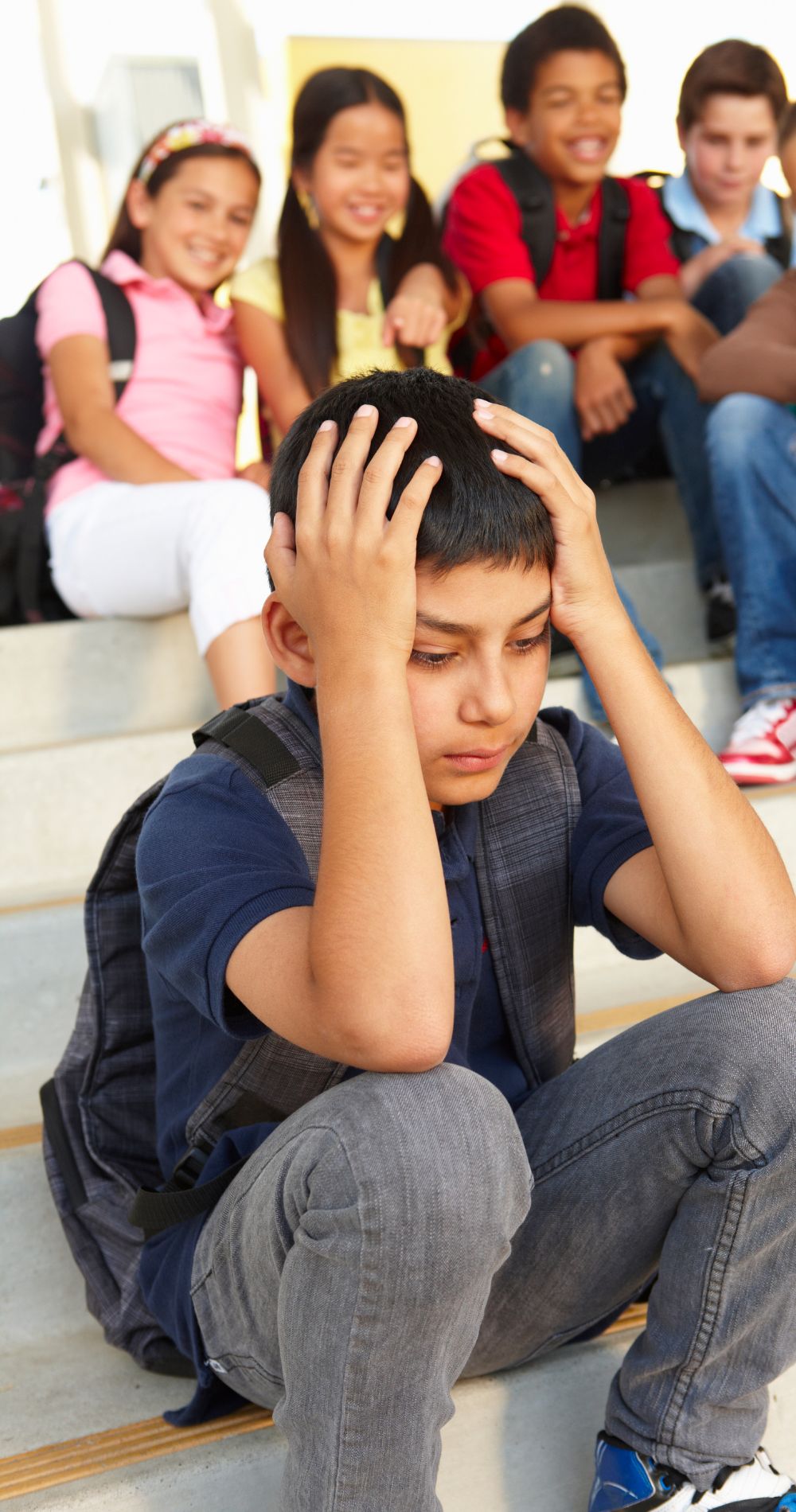October is National Bullying Prevention Month
Help us stop childhood bullying
The 2019 School Crime Supplement to the National Crime Victimization Survey (National Center for Education Statistics and Bureau of Justice) indicates that, nationwide, about 22% of students ages 12–18 experienced bullying. National bullying prevention month is created to prevent childhood bullying and promote kindness, acceptance, and inclusion.
When adults intervene in bullying behavior quickly and consistently, it shows that this behavior is not acceptable. This increases the chances of the behaviors ending, resulting in fewer children being bullied.
How to spot a bully
Bullying is unwanted, aggressive behavior among school-aged children that involves a real or perceived power imbalance. This is usually a repeat behavior that leads to issues for both the kids who are bullied and who bully others.
Bullying mostly occurs in and around school, where children are interacting the most. It can occur before, after, or during school hours, and even sometimes outside of school. A significant percentage also happens in places like on the playground or the bus. Outside of school, it can occur traveling to or from school, in the youth’s neighborhood, or on the Internet.
Not all children who are being bullied exhibit these warning signs, but still keep an eye out for these signs in your children:
- Unexplainable injuries
- Lost or destroyed items
- Feeling sick or faking illness to avoid school
- Trouble sleeping or nightmares
- Declining grades, loss of interest in schoolwork
- Decreased self-esteem, increased anxiety
What are the types of bullying to watch for?
Bullying can have lasting effects both for kids who are bullied and who bully others. Later in life, children involved in bullying can experience impacts on mental health, substance use, and suicide. The earlier you can catch bullying as a parent, the better your child’s outcomes as an adult. Below are the types of bullying to watch out for:
Verbal bullying
Verbal bullying includes saying or writing mean things meant to hurt someone else’s feelings. Actions that count as verbal bullying includes teasing, name-calling, taunting, and threats of harm.
Physical bullying
Physical bullying involves hurting a person’s body or possessions. Physical bullying includes hitting/kicking/pinching, spitting, tripping/pushing, taking or breaking someone’s things, and making mean or rude hand gestures.
Social bullying
Social bullying is done with the intent to hurt someone’s reputation or relationship. Social bullying includes leaving someone out on purpose, telling other children not to be friends with someone, spreading rumors about someone, or embarrassing someone in public.
Digital bullying
Digital bullying occurs mostly outside of school and can include other types of bullying, such as social or verbal bullying, just done online.
What to do when you see bullying happen
Be an advocate and intervene in bullying. This video by StopBullying.Gov shows you what to say, how to shift the conversation, and what to do to make bullying stop are ways you can move from being a bystander to becoming an upstander.

